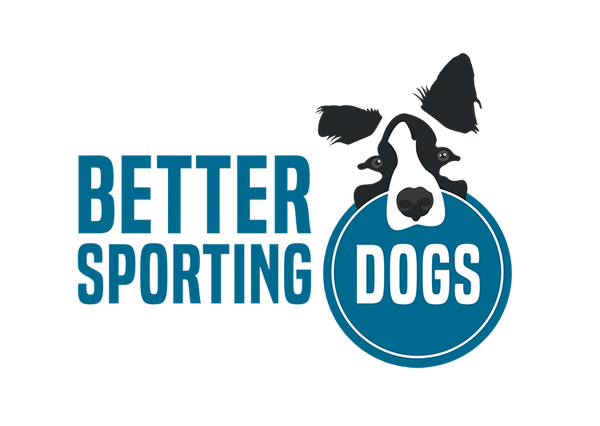Positive reinforcement is a crucial component of agility training for dogs. It involves rewarding desired behaviors to increase the likelihood of those behaviors occurring in the future. In agility training, positive reinforcement can be used to motivate dogs, build their confidence, and strengthen the bond between the dog and handler.
One of the key benefits of positive reinforcement in agility training is that it helps create a positive association with the training process. Dogs learn best when they are enjoying themselves and are rewarded for their efforts. By using treats, toys, or praise as rewards, trainers can make the training sessions fun and engaging for the dog.

Positive reinforcement also helps to build a dog's confidence. Agility courses can be challenging, with obstacles such as jumps, tunnels, and weave poles. By rewarding the dog for successfully completing these obstacles, trainers can boost their confidence and encourage them to tackle more difficult challenges.
Additionally, positive reinforcement strengthens the bond between the dog and handler. Dogs are social animals that thrive on human interaction and approval. When trainers use positive reinforcement, they are not only rewarding the dog for their efforts but also strengthening the bond between them.

It's important to note that positive reinforcement should be used correctly in agility training. Trainers should reward the dog immediately after they perform the desired behavior, so they understand which behavior is being reinforced. Consistency is also key, as dogs learn best when the rules are clear and consistent.
In conclusion, positive reinforcement is a powerful tool in agility training. It can motivate dogs, build their confidence, and strengthen the bond between the dog and handler. By using positive reinforcement effectively, trainers can help their dogs reach their full potential in agility training.
Happy Training!


